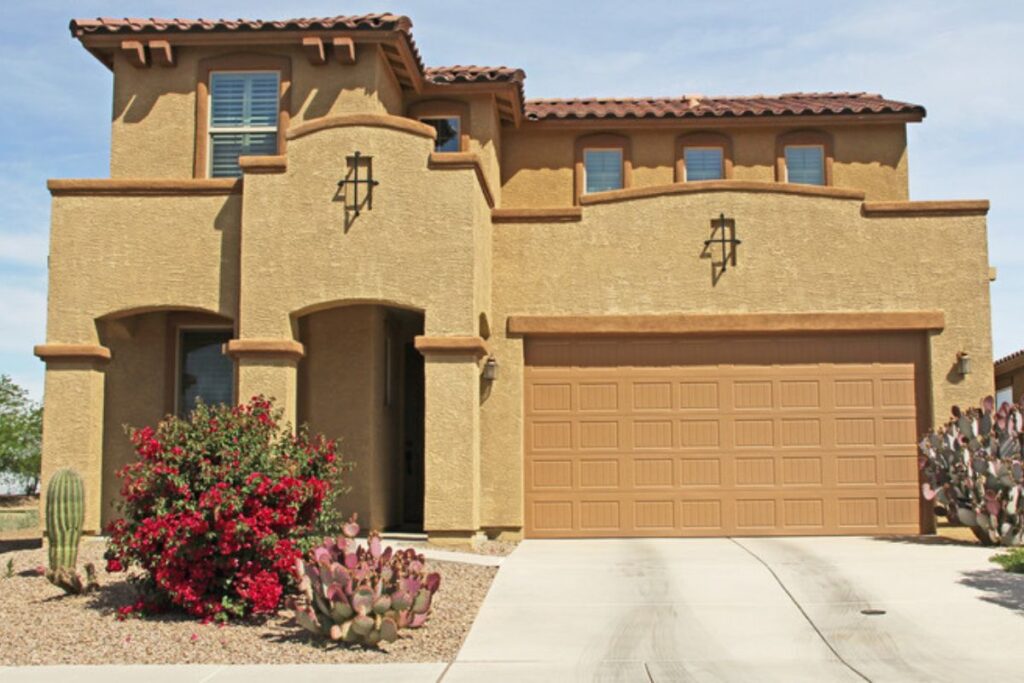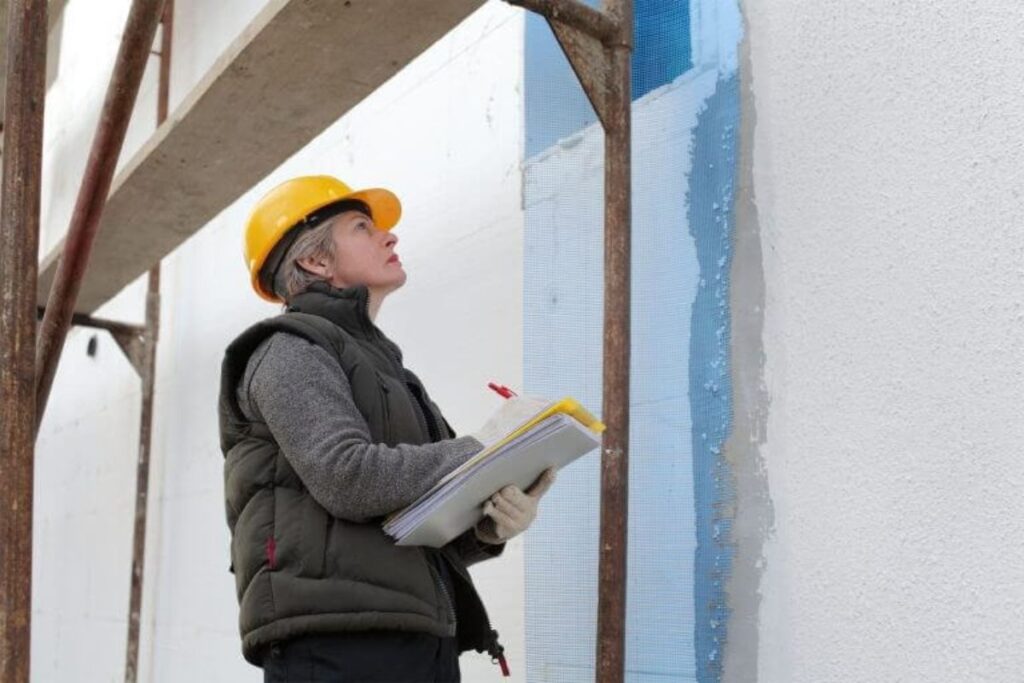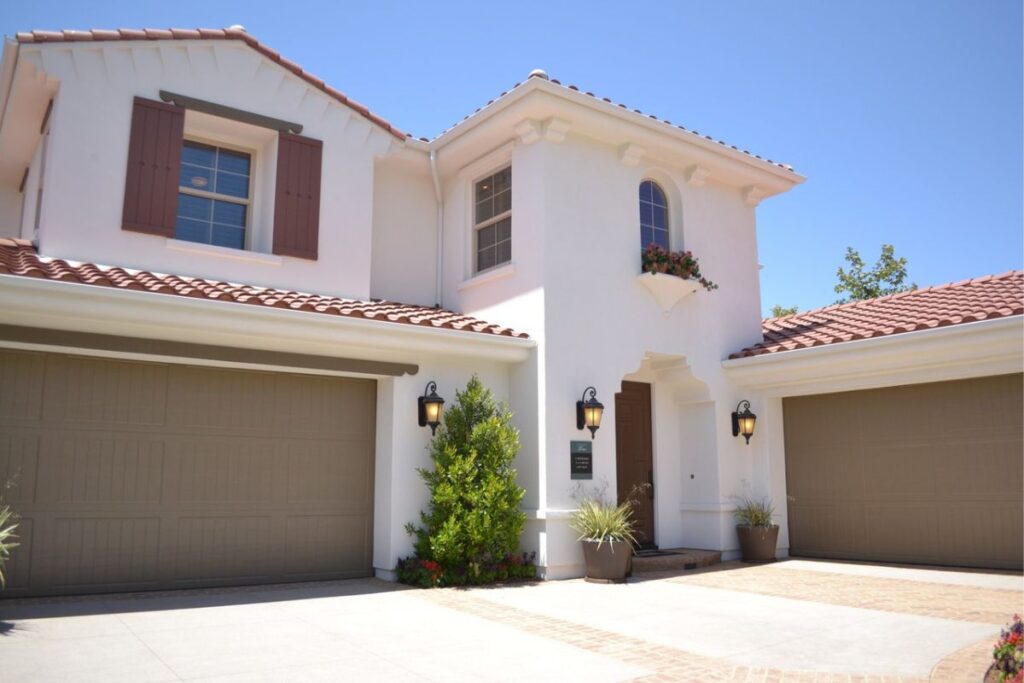Stucco is a popular exterior material known for its aesthetic appeal and durability. But how long does stucco last in a house? Several factors influence its lifespan, including climate, installation quality, and maintenance. Homeowners can make informed decisions about upkeep and replacement by understanding these elements. This post will explore how long stucco typically lasts and what affects its durability. We will also provide tips on maintaining it to maximize its life expectancy, ensuring your home remains protected and visually appealing for years to come.
How Long Does Stucco Last on a House?
Stucco is a highly durable and low-maintenance exterior material known for its ability to withstand the test of time. However, various factors can influence its longevity, such as climate, installation quality, and maintenance.
Typical Stucco Lifespan
On average, stucco lifespan can be anywhere from 25 to 50 years with proper maintenance. When the stucco installed correctly, it provides a long-lasting solution for your home’s exterior, with some systems even lasting beyond this range. Its durability and beauty make it a popular choice among homeowners, offering protection against the elements while requiring minimal upkeep.
Factors That Affect Stucco’s Lifespan
Stucco lifespan is affected by several factors, including weather conditions, installation quality, and ongoing care. Harsh weather, such as extreme temperature changes or frequent rainfall, can accelerate wear and tear. Proper installation ensures that the stucco remains intact, while regular maintenance helps identify issues before they become significant problems.
Common Signs That Your Stucco Needs Repair
Over time, stucco may show signs of damage, such as cracks, bulging, or peeling paint. Water damage, like mold or water stains, can indicate more profound issues that require immediate attention. Addressing these problems early can prevent costly repairs and ensure your stucco lasts many years. Regular inspection is key to maximizing its lifespan.
Stucco Life Expectancy: What Factors Impact Durability?
Stucco is a durable and popular exterior material, but its lifespan can vary depending on several important factors. Understanding the stucco life expectancy and these influencing factors can help homeowners ensure their stucco lasts as long as possible while maintaining its protective and aesthetic qualities.

Climate and Weather Conditions
The climate in which your home is located plays a significant role in stucco’s longevity. Areas that experience frequent rainfall, high humidity, or freeze-thaw cycles can cause stucco to deteriorate more quickly. Moisture infiltration can lead to cracks, water damage, and mold growth, reducing the material’s lifespan. Homeowners in regions with extreme weather conditions should take extra precautions to protect their stucco.
Quality of Materials and Installation
Not all stucco is made the same. The quality of materials and the skill of the installers are critical factors in determining how long stucco will last. High-quality materials and expert stucco installation ensure that stucco can better withstand the elements and resist cracking or moisture issues. Properly applied stucco enhances the material’s overall durability and protection against external elements.
Maintenance and Care
Proper maintenance plays a crucial role in extending stucco’s lifespan. Regular inspections, cleaning, and repairs help identify early signs of damage, such as cracks or holes. Addressing minor issues promptly can prevent more significant, more costly problems down the road, ensuring that stucco continues to protect and beautify your home for many years.
How Long Does Stucco Last Compared to Other Exterior Materials?

When choosing exterior materials for a home, it’s essential to consider both durability and longevity. How does stucco compare to other popular options? Each material has its advantages and weaknesses, and understanding their differences can help homeowners make the best choice for their home.
Stucco vs. Vinyl Siding
When comparing stucco to vinyl siding, stucco typically offers a longer lifespan. Vinyl siding may need to be replaced after 20 to 30 years in many climates. In comparison, stucco can last up to 50 years when properly maintained. Stucco is also more resistant to fire and weather conditions, giving it a more extended durability advantage over vinyl.
Stucco vs. Brick
Brick is another long-lasting exterior option. While both materials offer excellent durability, stucco has a slight edge in flexibility and resistance to cracking. Brick may need less frequent maintenance but can be prone to shifting or cracking over time. Stucco’s adaptability makes it a solid choice in varying climates.
Stucco vs. Wood Siding
Wood siding generally has a shorter lifespan than stucco, typically around 30 years, with regular upkeep. Stucco, on the other hand, can last much longer, especially in more favorable climates. Wood is more susceptible to rot, insect damage, and fading, while stucco offers more protection against such problems.
How to Maximize the Lifespan of Your Stucco
Maximizing the lifespan of your stucco requires consistent care and maintenance. Regular cleaning, addressing moisture issues, and timely repairs can significantly extend its durability and appearance.
Regular Inspections and Maintenance
Regular inspections are essential to identify cracks, water damage, or signs of degradation. Addressing small issues early can prevent larger, more costly repairs. Look for any signs of wear and ensure proper drainage around the stucco to avoid moisture buildup, which can lead to damage over time.
Applying Protective Coatings and Sealants
To further enhance stucco’s longevity, consider applying protective coatings or sealants. These treatments act as a barrier, keeping moisture out and preventing staining, which can damage the surface. Regularly reapplying sealants ensures your stucco remains resilient against weathering and retains its aesthetic appeal. Protecting your stucco with the right coatings helps preserve its functionality and extend its lifespan, ensuring your home’s exterior stays in excellent condition for years.
Stucco Lifespan: How to Tell When It is Time to Replace Stucco
Even with proper care, stucco will eventually reach the end of its useful life. Homeowners often wonder, “How long does stucco last?” The answer varies, but signs such as significant cracking, water damage, or mold growth indicate it may be time for replacement over time. Cracks can allow moisture to seep in, leading to structural damage, while mold or mildew often signals long-standing moisture problems.
If your stucco is severely compromised or no longer effectively protecting your home from the elements, replacing it is crucial. It is advisable to consult a stucco professional to assess its condition and determine the best course of action, ensuring your home remains safe and visually appealing.
The Cost of Replacing Stucco: Is It Worth It?
Replacing stucco can be a significant financial commitment, but considering long-term benefits may be worth the investment. While the initial cost might seem steep, new stucco offers superior durability, energy efficiency, and curb appeal. Over time, it can reduce your home’s energy bills by providing better insulation and protection against the elements.
Furthermore, quality materials and professional installation ensure that the stucco will last for many years, saving you on frequent repairs. Ultimately, the value added to your home aesthetically and structurally can make the cost of replacement worthwhile.
Conclusion
Stucco is a durable and long-lasting material that offers aesthetic appeal and protection for your home. If you are one of those asking, “How long does stucco last?” the answer depends on factors like maintenance, climate, and installation quality. Stucco can endure for decades with proper care, enhancing your home’s curb appeal and providing reliable protection. Regular inspections, timely repairs, and appropriate maintenance are crucial to extending its lifespan and ensuring your home remains safe, secure, and attractive for years to come.

